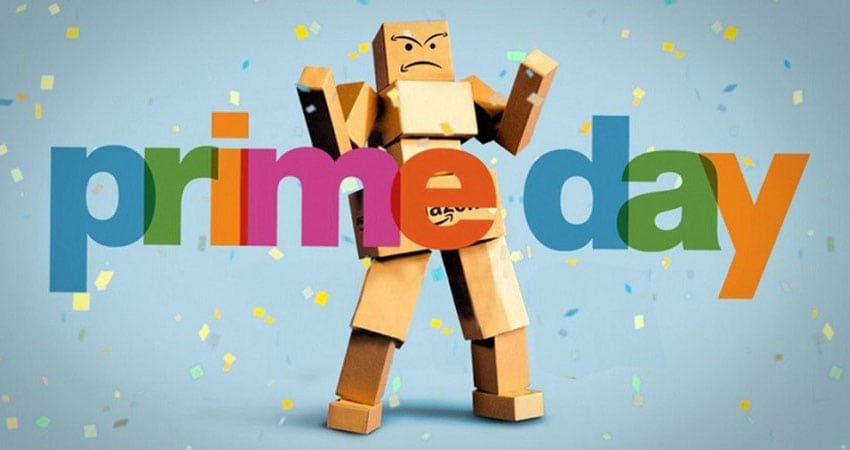Prime Day one on Monday saw total online sales in the U.S. surpass $5.6 billion, up 8.7% from 2020, surpassing Thanksgiving Day last year which rung in at $5.1 billion, according to data from the Adobe Digital Economy Index.
The comparisons however aren’t exactly apples-to-apples, as Prime Day was held in October last year due to the pandemic’s massive supply chain issues.
And once again, major retailers including Walmart, Target, Macy’s, Bed Bath & Beyond and Kohl’s had their me-too sales, many getting ahead of the curve by launching their deal days on Sunday.
Retailers with more than $1 billion in revenue had a 28% increase in ecommerce sales Monday, Adobe reported, while smaller sellers under $10 million also saw a healthy lift, up 22% compared to last year.
Many Amazon sellers, however, have remained wary this year, experts said, as high supply chain, transportation and delivery costs have made them hold back some inventory on the deal day. It’s typically known as an opportunity for Amazon to unload millions of its products, especially electronic devices, and to stress test its logistics capabilities ahead of the Q4 peak.
Loyalty provider Clarus Commerce said a recent survey of 1,000+ Prime members found 26% of them first joined to get access to Prime Day deals. However, less than 2% said Prime Day is the reason they renew their membership. The key reasons there – no surprise – was the fast, free shipping, cited by 78% of respondents; only 10% said it was for the streaming content, where competitors like Netflix and Spotify have an edge.
While heavyweights like Target and Walmart are becoming real Prime Day contenders with same-day pickup and delivery options for consumers wanting instant gratification, Amazon still edges them out, said Mousumi Behari, Digital Strategy Practice Lead at Avionos.
“Target also offers a price match guarantee against competitors, including both Amazon and Walmart,” Behari said. “Beyond that, Target has removed an additional barrier by allowing everyone to participate in the deals, not just members. Ultimately, I think Amazon will still pull ahead as there aren’t stores located conveniently for everyone who wants to buy during these big sales events. The ability to click a few buttons and have their order show up for free is a luxury wrapped in convenience.”
Some other day one stats from Adobe:
- Toys saw the biggest average discount at 12%, while appliances were at 5.2% and electronics at around 3%. Within electronics, computer deals were discounted by an average of 8%, while TVs were only down 2.5%.
- The most popular product categories included appliances and electronics, while musical instruments, jewelry and arts and crafts were not hot tickets.
- Average Order Value on Monday was up by just 2.6%, at $180, compared to the first 20 days of June ($175).

